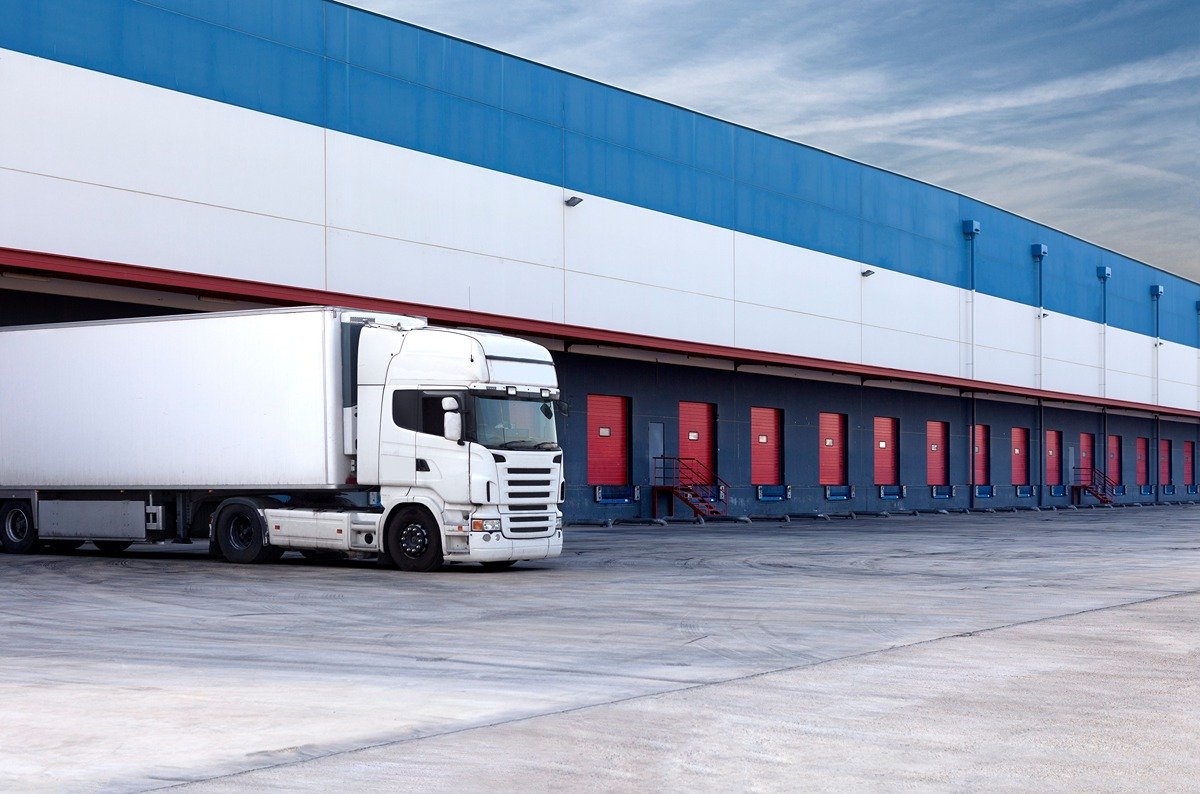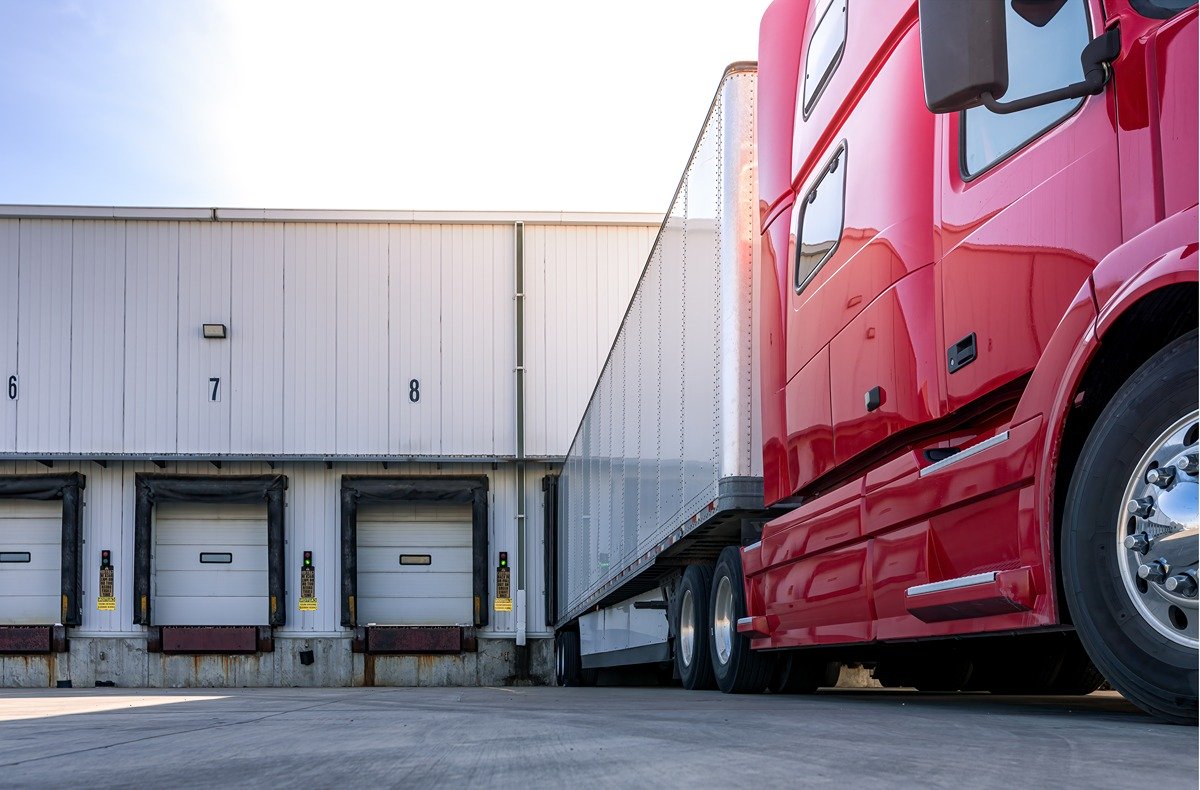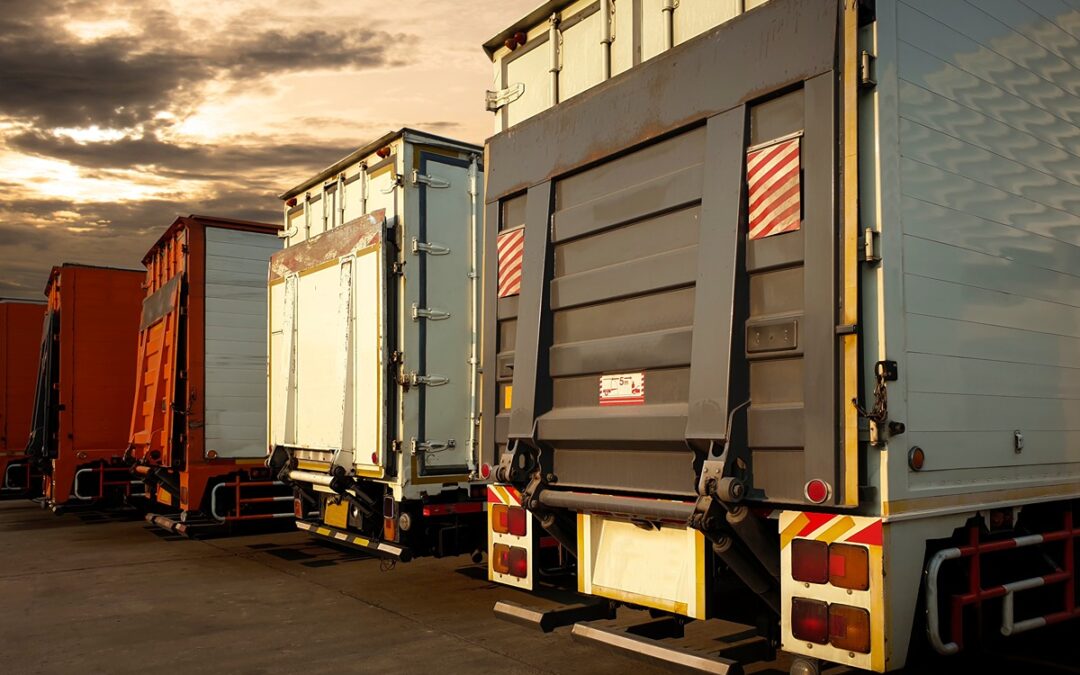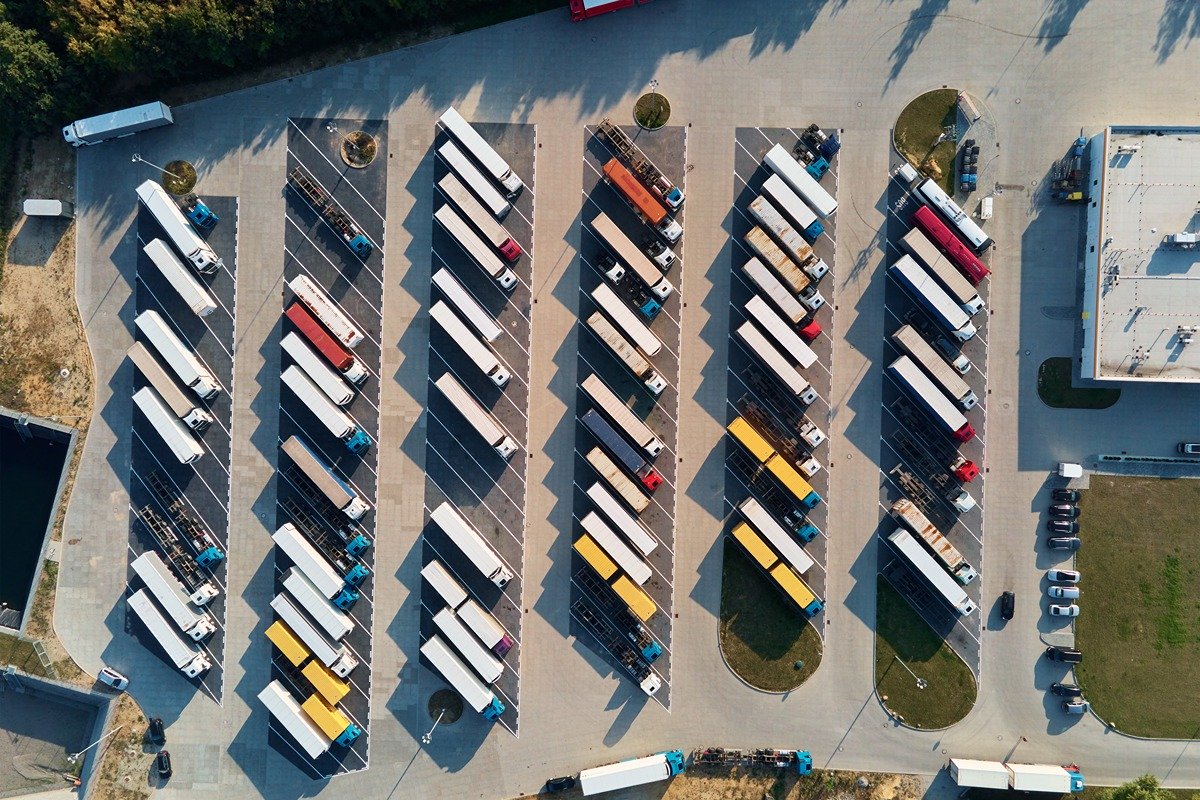
Getting into the trucking business or expanding the fleet at your existing business? For many owner-operators and small trucking business owners, getting access to financing is the crucial next step. But what if your credit is less than perfect?
The truth is, bad credit doesn’t have to get in the way of your plans. You can buy a semi-truck with bad credit! That’s where semi-truck financing bad credit programs come into play. These specialized options help drivers and business owners get on the road, even when credit scores have been holding them back.
This guide explores bad credit semi-truck financing and flexible loan options for owner-operators.
Understanding Bad Credit Semi-Truck Financing
When a trucking business wants to buy a semi-truck with bad credit, most traditional lenders will say no. But when it comes to semi-truck financing, bad credit isn’t the end of the road.
There are finance options specifically designed for individuals with bad credit. They often come with higher interest rates or stricter terms and conditions. However, they help get you the truck you need to operate and grow your business.
Lenders who offer commercial truck financing bad credit solutions understand that your credit score doesn’t tell the full story. That’s why they also look at your business strategy and experience, as well as your income potential. This broader approach gives more people a chance to qualify, even with poor credit.

How to Determine and Improve Your Credit Score
To understand bad credit semi-truck financing, you need to understand your credit profile. Before finance companies agree to finance loans, they ask for your credit report from the major credit bureaus. They’re checking if you have a good credit history and meet their criteria for a minimum credit score.
Take note: you may have good personal credit but bad business credit, or vice versa.
Credit Score
Credit scores range from 300 to 850. A score below 580 is usually considered a “poor” credit score. When financial institutions decline you because of bad credit, it’s generally because of a low credit score. This can result from financial mismanagement in the past, such as missed or late payments.
Lenders offering bad credit semi-truck loans may still work with you, but they’ll be looking at other factors to balance the loan risks.
Credit History
Before applying for semi-truck financing with bad credit, it’s important to understand what you can do to improve your credit history. Bad credit can mean that you simply don’t have enough of a credit history for lenders to look at and assess the risk.
Your credit history is a record of your use of and behavior towards credit:
- Payment history (on-time or late?)
- Credit utilization (how much of your available credit are you using?)
- Length of credit history
- Types of credit (credit cards, loans, etc.)
- How many new credit inquiries?
Paying bills on time and lowering your credit utilization will improve your loan approval chances.
Qualifying for Bad Credit Truck Loans
Lenders that offer semi-truck financing for bad credit applicants want to see that you’re financially stable and committed to your business. Qualification factors include your CDL experience, business bank statements, proof of income or contracts, and the type and age of the truck you’re purchasing.
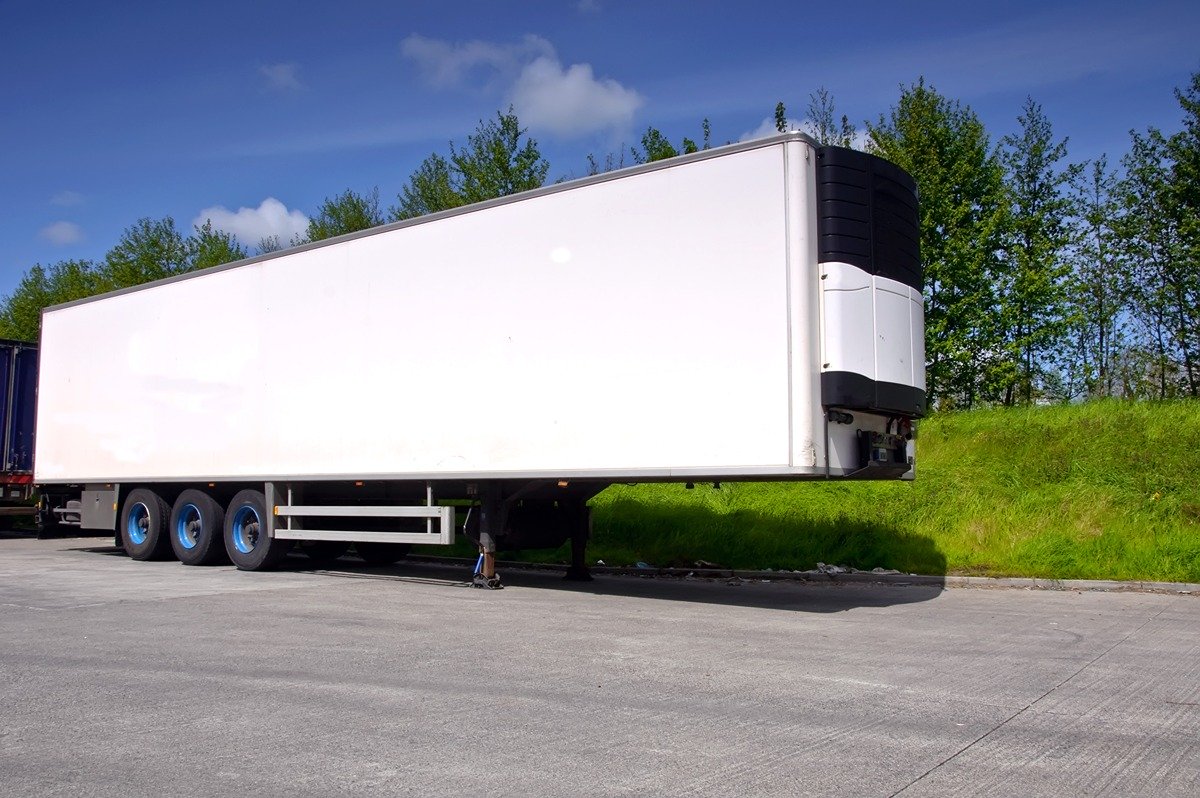
Down Payment
A substantial down payment can also help offset the risk lenders take when working with credit-challenged borrowers.
Many bad credit commercial truck loans require a higher down payment (anywhere from 10–30% of the truck’s purchase price). A larger down payment can help you get approved faster, secure better loan terms, and reduce your monthly payments.
The Challenges of Affording Subprime Financing
“Subprime” is a term used to describe loans offered to borrowers with low credit scores. While these financing options provide access when traditional loans are out of reach, they come with some challenges:
- Higher interest rates
- Shorter repayment periods
- Larger monthly payments
- More restrictive contract terms
You may be required to submit additional documentation such as tax returns, bank statements, or trucking contracts. In some cases, lenders may also require GPS tracking on the truck until the loan is paid off.
Exploring No Credit Check Semi-Truck Financing
For some owner-operators, no-credit-check truck financing may be the best option. While this path avoids the credit check, it usually requires a larger down payment, very strict terms, and higher monthly payments. But for some truckers, this may offer the only viable way to buy a semi-truck with bad credit.
What is No Credit Check Commercial Truck Leasing?
No-credit-check leases are usually structured as a lease-to-own agreement. Rather than checking your credit, the lender or dealer looks at your time in the industry, driving record, current income, and the truck’s value/condition. You’ll make regular lease payments for a set term. At the end, you can purchase the truck for a final payment.
Flexible Financing Options for Owner-Operators with Bad Credit
Some lenders specialize in helping owner-operators build their fleet despite credit challenges. The key is to find flexible financing that works with your situation.

Equipment Financing for Bad Credit
Equipment financing is an alternative form of bad credit commercial truck financing where the truck serves as collateral. This makes it easier for people with poor credit to qualify because the lender has less risk. Unlike some other forms of semi-truck financing for bad credit, equipment financing may offer potential tax deductions (check with a tax pro).
Lease Purchase Buy-Outs and Loan Refinancing
Do you already have a lease agreement? You may be eligible for a lease purchase buy-out, which allows you to take ownership of the truck early. This is common in lease-to-own arrangements where drivers have improved their credit.
Loan refinancing is another strategy. If you took out a high-interest loan with bad credit, try refinancing the loan after making on-time payments for 12 months or more. It could help you reduce your monthly payments, pay off the truck faster, and lower your interest rate.
A Larger Down Payment
The bigger your down payment, the better your odds of approval, even with semi-truck financing for bad credit. More cash upfront reduces the lender’s risk and proves that you’re financially serious.
Unsure where to get it? In the months before applying, set aside a percentage of trucking profits and cut non-essential expenses. Take on some additional hauls or sell unused equipment. An extra $3,000–$5,000 could make all the difference between approval and denial.
Building a Strong Business Plan to Secure Financing
Demonstrating financial planning and industry knowledge increases your chances of approval, even if your credit score is low. When applying for bad credit semi-truck loans, a strong business plan can go a long way.
This should include:
- Your trucking experience
- A summary of your hauling niche (e.g., reefer, flatbed, dry van)
- Expected income and expenses
- Maintenance plans and insurance coverage
- Growth strategy and future goals

Seeking Guidance from Industry Professionals
Navigating semi-truck financing with bad credit for the first time? Some professionals specialize in helping truckers with low credit find solutions. These include commercial truck loan brokers, dealership finance managers, small business development centers, and financial consultants with experience in the trucking industry.
Mission Financial Can Help Any Trucking Business Finance a Semi-Truck
Looking for simple semi-truck financing, but you don’t have a good credit score? Mission Financial Services has you covered!
We provide commercial vehicle and semi-truck financing for first-time owner-operator buyers, small fleets, and even those with less impressive credit scores. We offer commercial vehicle title loans and loans for buying both new and used semi-trucks.
Conclusion
There are various options for semi-truck financing with bad credit, including equipment loans, lease-purchase agreements, and even no-credit-check deals. Improve your credit score where possible, save for a larger down payment, and you’ll have greater odds of getting that loan.
Or turn to the professionals who understand the needs of the trucking industry at Mission Financial Services. From delivery vans to dump truck financing, we can help. We also offer loans to semi-truck owners who need the funds for urgent truck repairs. Don’t let credit challenges keep you parked. Contact us today.
















